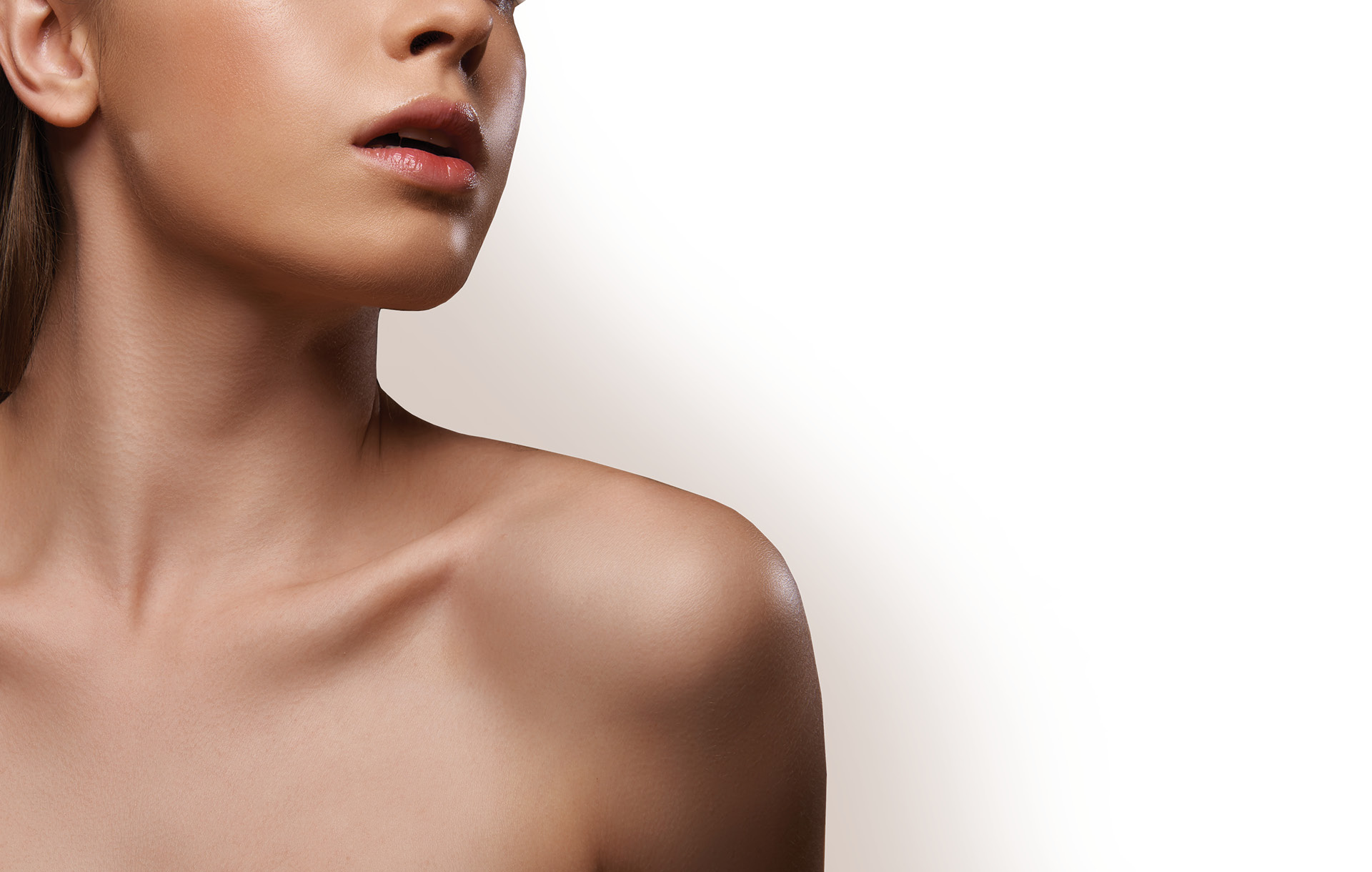
Listening to our Skin
Our skin is talking to us. As aestheticians, we have experience translating what our skin says, but our clients cannot decipher it and consequently misinterpret their skin needs.
Professional guidance helps client understand their skin, identify their triggers, and be mindful of critical ingredients to help achieve healthy glowing skin. After all, our skin is the billboard of what is happening inside.
With over two decades as an aesthetician, with my personal skin struggles and experience developing a skincare brand, I felt it was my responsibility to inaugurate a program with the principles to aid clients in listening to their skin because they spend most of their time with it.
This approach is holistic, scientific, and involves collaboration with experts. In three steps, it covers the key elements of maintaining healthy skin:
- Triggers and symptoms
- Ingredients
- Mindset
1. Triggers and symptoms
Climate change introduced by global warming is no secret. While the world’s scientists concentrate on reducing carbon footprint, the impact of climate change on skin health must be borne by us. With the change in environment, external triggers have intensified. The ever-increasing global population also demands accelerated food production, often using growth hormones and raising internal triggers.
Internal and external triggers constantly change, so no one regimen fits all. Triggers set off or provoke a skin reaction, ultimately leading to skin concerns. Now more than ever, there is a greater need to educate our clients on identifying possible triggers. Clients must be able to uncover the source of their triggers by keeping a log of their environment, diet, and activities to pinpoint their triggers. Hyperpigmentation, which is a common symptom triggered by external factors, is becoming increasingly prominent and difficult to treat as the climate becomes more aggressive.
Internal triggers are also on a rise, such as diabetes, poor diet, poor exercise, stress, and hormonal imbalance. These internal triggers present external symptoms such as acne, hyperpigmentation, and skin inflammation. If left untreated and unprotected topically, the appearance will intensify when exposed to the external environment and lead to further damage to the skin. Clients must understand their internal triggers.

2. Ingredients
Increasing evidence suggests a shift towards natural products and collagen preservation for long-term skin health. Look for formulations with ingredients that support each other to attain enhanced results. For example, when using a collagen precursor, use ingredients that strengthen and support collagen production. Promote tailor-made skin regimens according to your client’s triggers, environmental exposure, and internal factors.
I have been practicing “skin cycling” for 20 years before it was termed and found much success with my clients. It has proven to be practical and mindful of our skin barrier. Regimen changes should be encouraged seasonally to match the environmental changes. We diligently follow wardrobe changes seasonally but keep the same skin program annually.
3. Mindset
Ensure your treatment space provides a supportive and safe place to discuss skin problems. A skincare routine provides stability in one’s day, and research suggests that it benefits mental health. There are numerous ways to practice self-care, but focusing on improving skin health pays off for your emotional health. Set realistic expectations and think long-term. Ageing cannot be stopped. Ageing signs are influenced by gravity, facial movements, sleep, daily routine, and genetics, but we can help slow down signs.
Let us impart the knowledge to our clients so they can learn how to listen and treat their skin outside our aesthetic room. Set goals for improved skin quality, develop a treatment plan, and remind them that skincare is an investment.
After all, we must wear our skin for the rest of our lives, so let’s wear it well.












